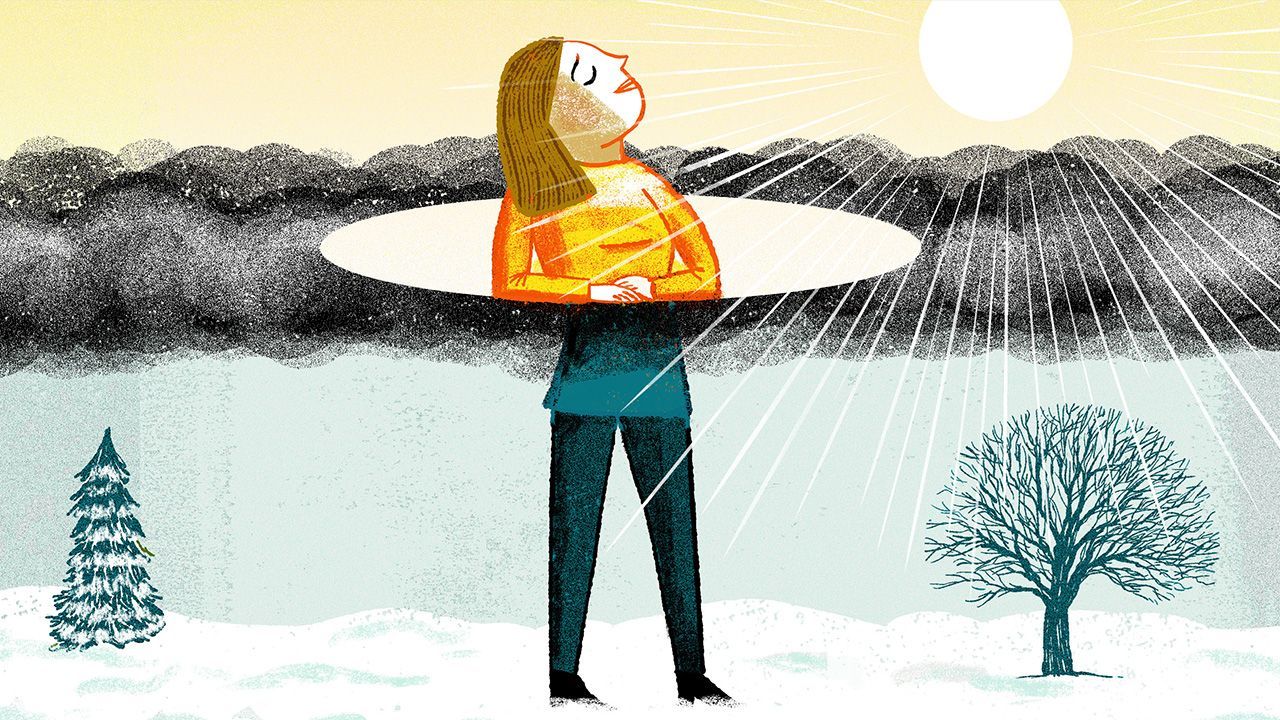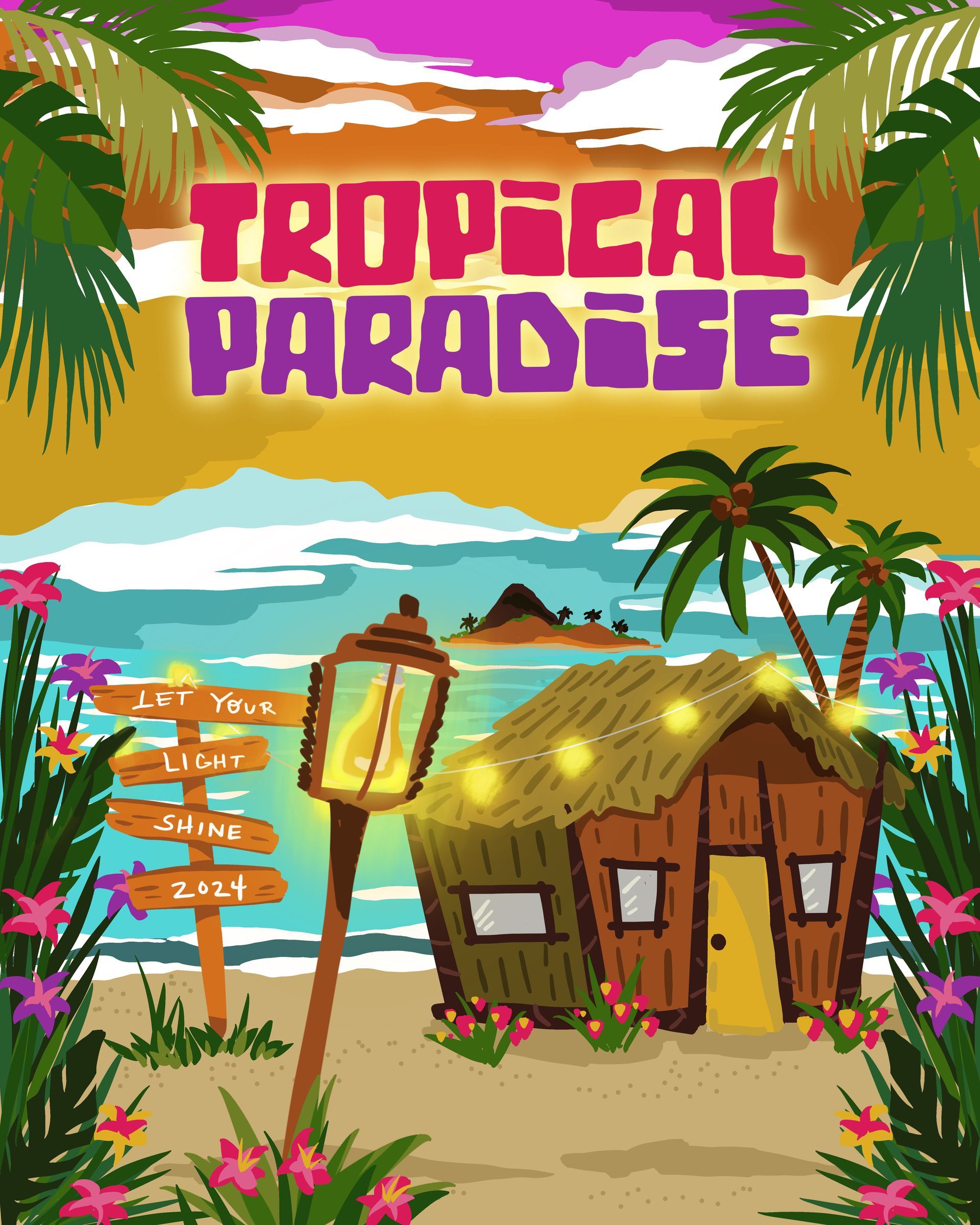
Ohio is at a crossroads once again with marijuana on the ballot next month. The following article is from Every Brain Matters, an organization that believes that the THC in marijuana is a dangerous and addictive drug. Every Brain Matters is a trusted source of educational material based on the latest scientific evidence.
One of the major criticisms of expanded marijuana legalization is that it makes the drug more accessible to minors. A brand-new study just published in JAMA Pediatrics shows that it has become a valid concern.
“Pediatricians and caregivers must be aware of the widespread availability of online dispensaries and potential dissemination of marijuana to minors.”
~ Access to Marijuana by Minors Via Online Dispensaries, JAMA Pediatrics
According to the study, which looked at online weed sales in 32 states, internet dispensaries are woefully negligent regarding age verification safeguards that are supposed to prevent underage purchases.
This new information should serve as a wake-up call for anyone who thinks that making marijuana available everywhere for adults won’t have an influence on children.
Troubling Findings
By nearly every measure, online cannabis dispensaries are failing at keeping the drug away from adolescents and teens. Of the 80 internet weed shops looked at by researchers:
Only 70% asked website visitors if they were of legal age. The standard is 100%.
Less than 4% asked for a specific birthday.
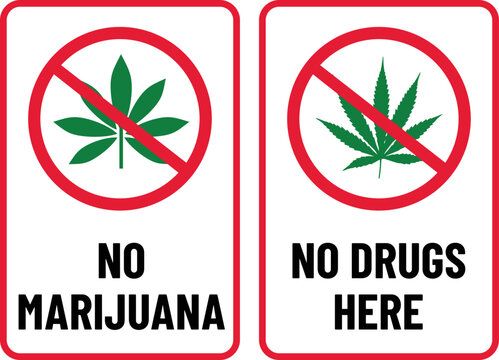
NONE of the dispensaries “required verified age documentation to enter the website.”
Just one in five sites required formal age verification at any stage to purchase a cannabis product.
One in four would deliver marijuana across state lines.
Of those, 95% would deliver their products even if the other states had different laws.
84% of the cannabis stores accepted non-traceable payment methods such as cash, prepaid debit cards, or even digital cryptocurrency, which allows “youth to hide their transactions.”
Verification failures at so many dispensaries demonstrate just how egregious the lack of regulation, enforcement, and accountability is within the cannabis industry.
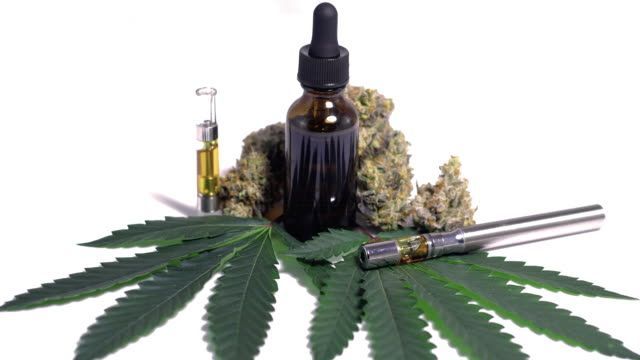
Targeting Youth or Turning a Blind Eye?
Despite most dispensaries listing their policies prohibiting sales to minors, there was not much done in practice to prevent it. Worse still, some products appear explicitly aimed to market to young people.
The vast majority offered marijuana edibles such as candies, gummies, chocolates, baked goods, and sweetened drinks. Among these, 67% used colorful packaging that could be attractive to minors.
This predatory practice is serious because
accidental marijuana poisonings among children are soaring.
More Marijuana Means More Problems
“The study shows what we have been warning about for years. Marijuana use was on a decades-long decline thanks to the concerted work of prevention efforts, but the legalization and commercialization of marijuana is threatening to erase those public health gains.”
~ Dr. Kevin Sabet, president and CEO of
Smart Approaches to Marijuana and former Senior Drug Policy Advisor to the White House
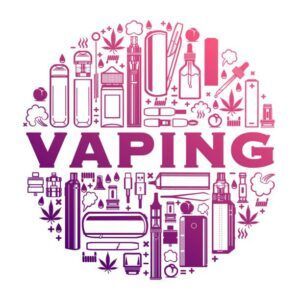
A study published in the March 2023 edition of Addictive Behaviors found that youth marijuana use increased after state recreational marijuana was legalized.
Key findings include:
Past-month cannabis use went up among adolescents and young adults.
Among young people, the perceived risk of harm went down.
Use increased, but treatment admissions for Cannabis Use Disorder (CUD) decreased.
Dr. Sabet continues, saying, “There is no question that CUD is stigmatized and proponents of legalization have told us that legalizing marijuana will lead to more and better treatment options for those struggling with a substance abuse disorder. This study shows that in reality, legalization normalizes use and creates heavy users who are less likely to seek help.”
It’s no coincidence that more young people than ever before are using marijuana – Big Cannabis spins a false narrative that marijuana is harmless, these dangerous industrialized products are marketed to children, dispensaries are everywhere in our cities and online, and buying cannabis has never been easier.
These are the consequences of expanded marijuana legalization.
–The Every Brain Matters Editorial Staff
For more information by this organization, please visit
https://everybrainmatters.org/. If your child is using substances or you have suspicions about their behavior and would like to have them assessed for substance use or treatment, please contact Child and Adolescent Behavioral Health.
- Some Content for this post came from Every Brain Matters.
Karita Nussbaum , PhD, LISW, LICDC has more than 30 years of experience working in the field of behavioral health, over 10 are with substance use. She is currently the Program Manager for the Gemini Program which serves both mental health and substance use disorders at Child & Adolescent Behavioral Health.
RECENT POSTS



